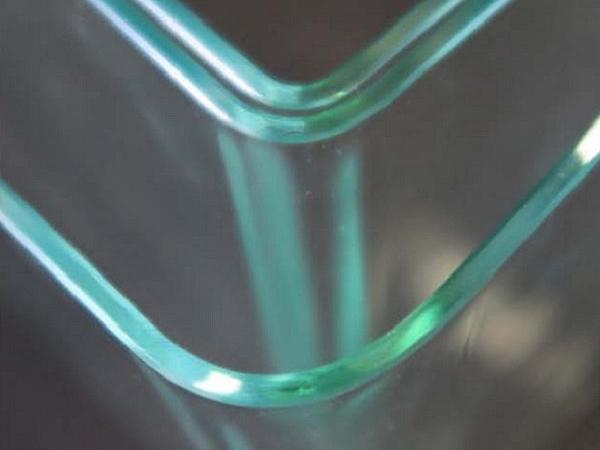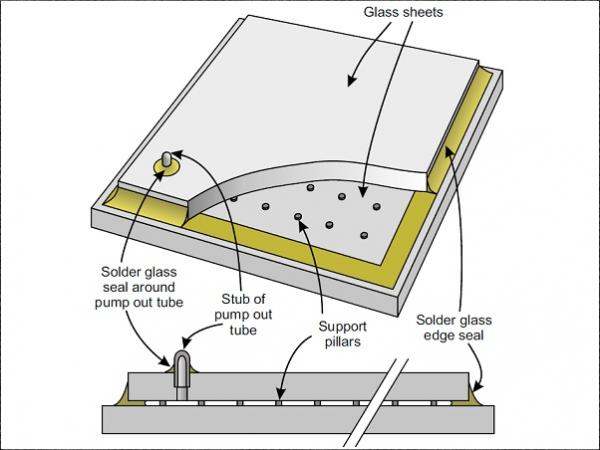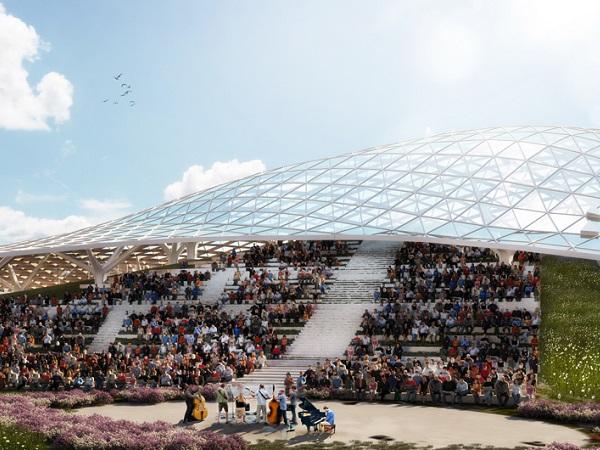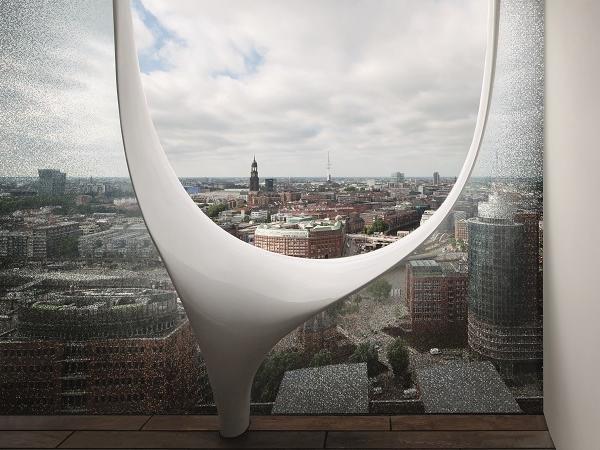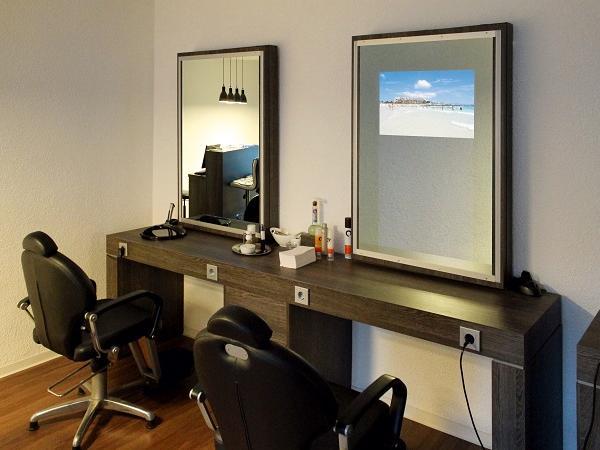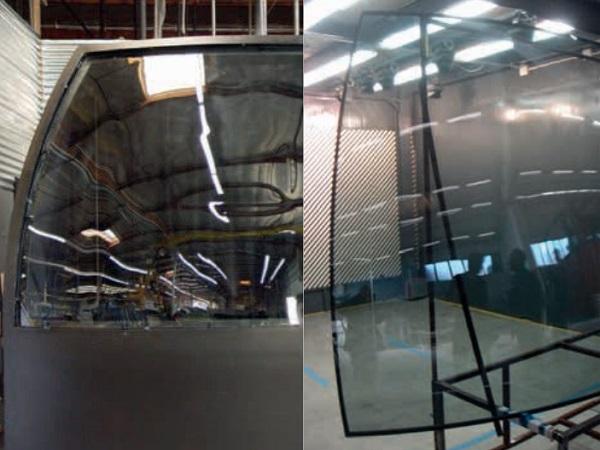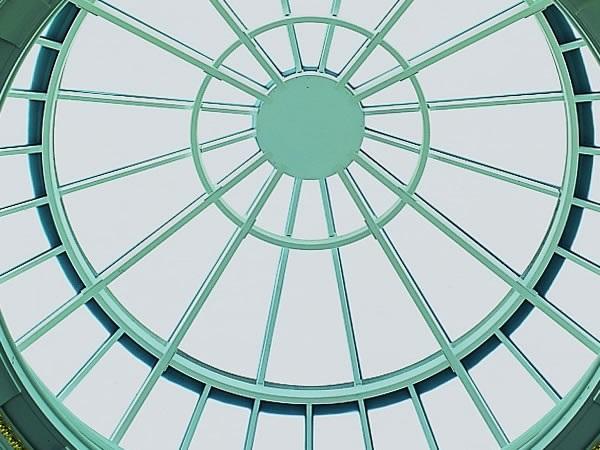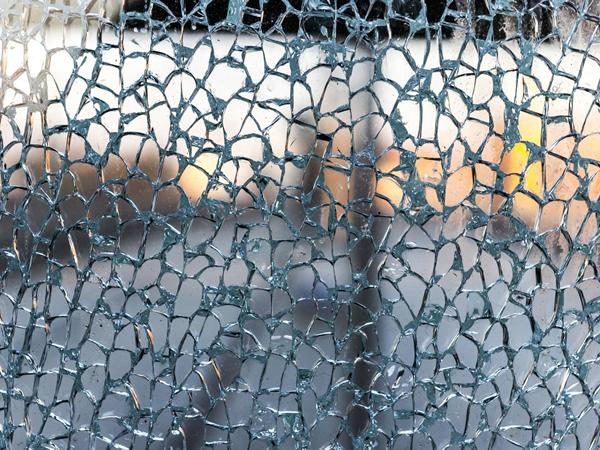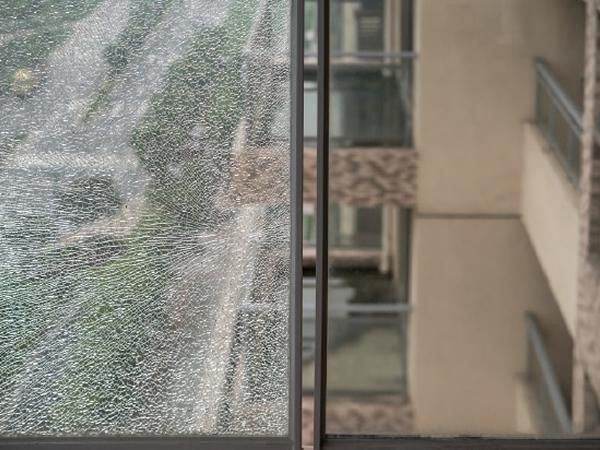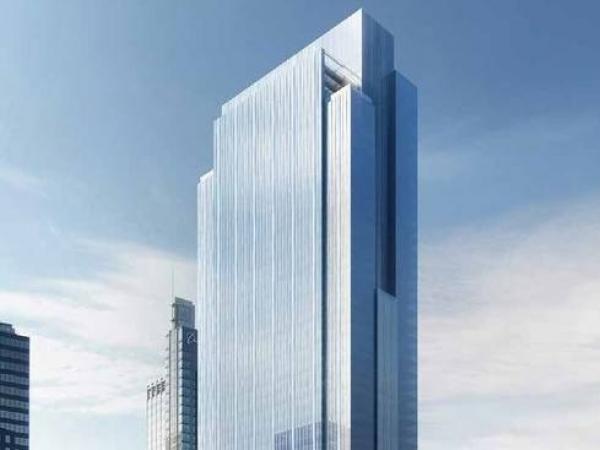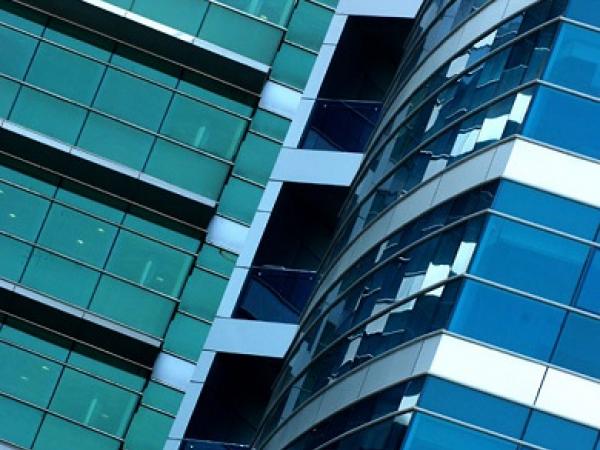Others also read
| This paper presents the results of an exploratory study into the metal-to-glass bond strength of a structural polyvinyl butyral (PVB) interlayer.
| The fragment count in the standardized fragmentation test in the standard EN 12150-1 is the way to define the safety level of tempered glass and a way to also get an indication about the stress and strength level of the tempered glass.
| Three-dimensional formed glass products, manufactured from flat glass, are experiencing rapidly growing demand.
| Curved insulated glass units formed by tempered bending or annealed slumped bending offer a bold expression of architectural design with transparency and energy efficiency.
| In the constant search for original designs that truly push the limits, many building projects in the Middle East have been driving global innovation in engineering and façade design.
| In the following we’ll be limiting ourselves to the production of single pieces and small jobs of identical pieces, with applications predominantly in construction (e.g. windows, curtain walls, doors, showers, mirrors, kitchen splash backs) and interior design (e.g. display cases, furniture).
| The Glass structure of the West Balustrade in Eleftherias Square Nicosia Cyprus presented a challenge to Pentagonal in terms of 3D modelling, special glass fittings fabric, glass production, installation and testing.
| This article reviews the history and current status of Vacuum Insulating Glass (VIG), and discusses future possibilities for this technology.
| This paper will describe the design, detailing, testing and construction of structural glass beams as part of load bearing grid shell structure in the newly built Zaryadye Park in Moscow, Russia.
| This year the special show will address the four focal themes Interactive Façades/Display Glass, Energy and Performance, Structural Glass and New Technologies.
| The author proposes a simple surface quality test using a standard window cleaning scraper and common smartphone or shop microscope.
| At glasstec 2018 in Düsseldorf exhibitors will present intriguing developments in the display glass segment. This theme is also addressed in a very special way by the expert conference “Function meets Glass” on 22 and 23 October.
| Arup are consulting engineers for a series of recent projects involving curved glass: The High Roller observation wheel in Las Vegas and a revolving feature lift for the new Louis Vuitton townhouse in London.
| This article will focus on the edge stability of PVB and ionoplast laminates and address the potential causes of blemishes.
| With the myriad of glass type available now, it is often confusing what to choose in terms of safety, thermal and solar performance and balancing cost with the benefits on offer.
| This blog post was written based on an interview with M.Sc. (Chem.) Santtu Jolkkonen, Sparklike's Service and Maintenance Manager, who has been working as technical support specialist for Sparklike over a decade.
| Incidents in Melbourne of ‘spontaneous’ glass breakage are more about the construction industry forgetting the lessons of the past than ‘cheap’ Chinese imports.
| Minor edge damage during glass handling, a scratch or nick during installation, a design flaw, or a natural imperfection in the glass could all result in spontaneous breakage.
| Laminated safety glass is an excellent choice for building construction—here’s why.
| “Fire-protection” vs. “fire-resistive.” How should a building code official understand these often confused terms when considering fire-rated glass?
| Laminated safety glass with SentryGlas® ionoplast interlayer has played a key role in enabling the design of an 100-foot-tall glass fin lobby wall on the 150 North Riverside Plaza office building in Chicago, Illinois, USA.
| sedak GmbH & Co.KG, Germany, operates the largest insulating glass line in the world – about extraordinary glass processing and the role of LiSEC.
| Stiff PVB is suitable for a much wider range of applications than more traditional PVB interlayers.
| Multiple glass options offer customized ways to suit different building needs.
| When the visual presence of materials decreases, the maximal transparency creates astounding beauty. In order to enhance transparency, clearer and lighter structures should be used.



